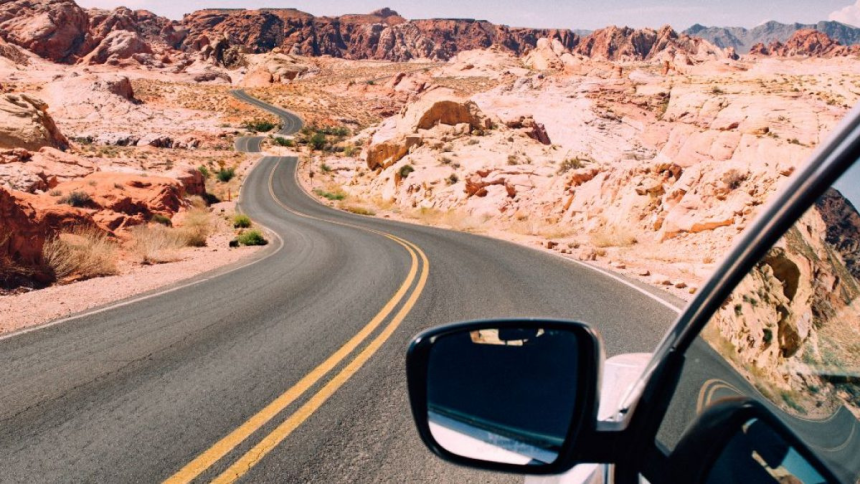Behind every successful road trip is a quiet choreography of preparation: knowing where you’re going, making sure your car won’t let you down halfway, and ensuring you’ve brought the things you’ll actually need.
If you want the journey to be as rewarding as the destination, you’ll need to put the work in before the engine starts.
Planning your route
Start with a physical map. Even if you rely on Google Maps or Waze for navigation, planning your trip by hand can help you visualise distances and avoid the temptation of just hopping on the nearest A-road.
Choose your route based on what you want to experience – coastal drives, national parks, or small-town cafés with locally roasted coffee. Factor in daily driving limits: stick to a few hours behind the wheel at a time, especially if you’re the only driver.
Mark out fuel stops and attractions worth a detour. If you’re travelling in summer, anticipate congestion in popular areas and have a few alternative routes in mind.
Preparing your vehicle
Get your car checked at least a week before departure. Ask your mechanic to inspect the brakes, tyres, oil levels, coolant, and battery.
Pack a basic kit in the boot: jump leads, a warning triangle, torch, tyre inflator, and spare fuses. Clean the windscreen inside and out – glare from a dirty screen can be tiring and dangerous over long distances.
Don’t forget to top up the screen wash, especially if you’re heading near the coast where sea spray coats the glass quickly.
Budgeting and accommodation
Estimate fuel costs using real figures from previous fill-ups. Add a buffer for toll roads, parking fees, and impromptu detours.
When booking accommodation, choose places with free cancellation in case your plans shift. Look for places with plenty of parking – some remote B&Bs still expect you to reverse up narrow gravel paths with the skill of a rally driver.
Understanding insurance requirements
Make sure your car insurance covers long-distance travel and additional drivers if you’re rotating shifts. If you’re under 25, you might need to take out young driver insurance, which usually comes with higher premiums but can be tailored for short-term use.
Check if your policy includes breakdown cover – if not, add it. The cost is minor compared to a stranded day on the side of the A303. Keep a printed copy of your policy in the glovebox. In an emergency, you don’t want to scroll endlessly through email.
Packing essentials
Always pack functionally for a road trip. Bring layers instead of single bulky coats – UK weather rarely sticks to a plan. Choose footwear you can walk a mile in, not just drive.
Reusable water bottles, phone chargers with car adapters, and a small first aid kit should all go in the front passenger footwell where you can reach them easily.
Store snacks in a cool bag to avoid melted chocolate disasters. And while it might feel over-cautious, bring a paper notebook with emergency contacts and your itinerary in case your phone takes an unexpected dip in a lake.
Lynn Martelli is an editor at Readability. She received her MFA in Creative Writing from Antioch University and has worked as an editor for over 10 years. Lynn has edited a wide variety of books, including fiction, non-fiction, memoirs, and more. In her free time, Lynn enjoys reading, writing, and spending time with her family and friends.















